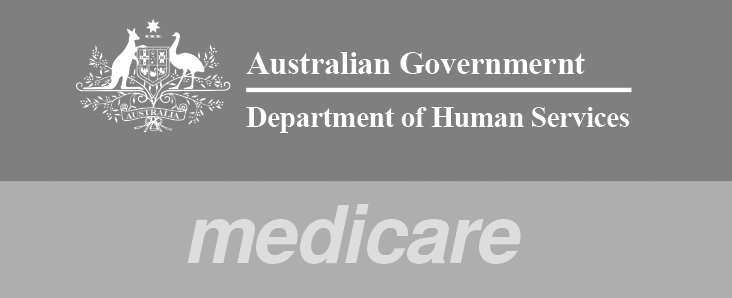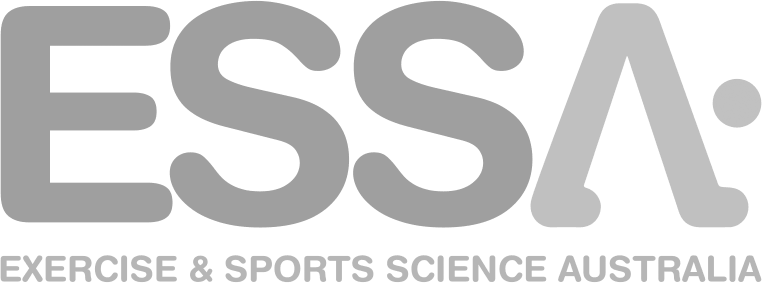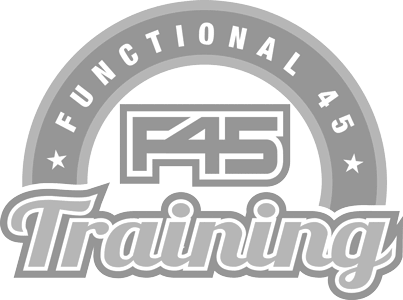Dry Needling? Sounds like some kind of magic to me…

Physiotherapists like us aren’t just playing around with needles for the fun of it. It turns out, there’s actually a little bit of science to this “magical” treatment we commonly use!
Dry needling can be applied in multiple different ways, the two most common techniques are known as “Trigger Point Dry Needling” and “Superficial Dry Needling” (a.k.a. Dry Needling Plus).
Why would we use Dry Needling?
Most commonly, Dry Needling is used to target Myofascial Trigger Points (MTPs). An MTP is a region of muscle tissue that is hypersensitive and may have some level of spasm or tightness. MTPs can produce pain in the local area, and even produce referred pain away from the site of the MTP.
MTPs are easily found by palpating a muscle and can be identified by an area that is sensitive to strong pressure, and in some cases, be sore spontaneously. These areas of the muscle also noticeably firmer to touch than the surrounding muscle tissue.
These sensitive and sore areas are known to be “hotspots” of inflammatory chemicals and cells, causing contraction of the muscle fibres. This contraction compresses local blood vessels and reduces oxygen in the surrounding tissue. This environment results in a higher sensitivity of the nerve endings in the area, signalling pain in your brain. Ouch!
So what does Dry Needling do to these MTPs?
Dry Needling, both Trigger Point and Superficial techniques, have been shown to help reduce the sensitivity of the nerve endings of the areas surrounding MTPs. By targeting MTPs, Dry Needling can reduce the effects of the inflammatory chemicals causing painful signals being sent to the brain.
Trigger Point Dry Needling often causes Local Twitch Responses (LTRs), which feel like strong twitches in the muscle, allowing the contracted tissue to relax. This improves the blood flow and oxygenation of the local area, allowing the painful inflammatory chemicals to be flushed out of the muscle.
So Dry Needling isn’t just Voodoo Magic?
As you can see, there does happen to be some science behind this method.
Dry Needling can help with:
- Reducing pain and muscle spasm
- Improving range of motion
- Enhancing movement quality and efficiency
Interested in having some Dry Needling done?
Visit us in the clinic! We’ll complete a full assessment and determine whether Dry Needling is the right thing for you.





